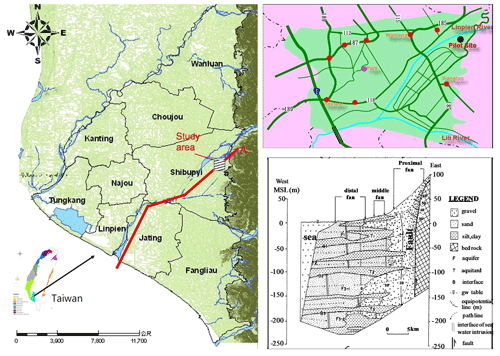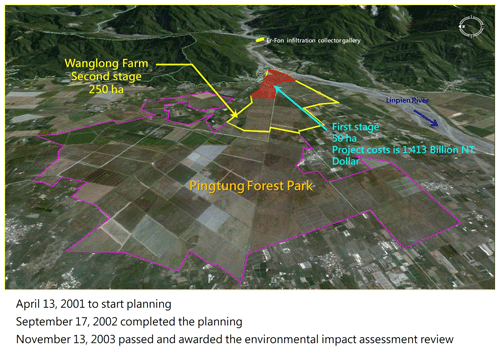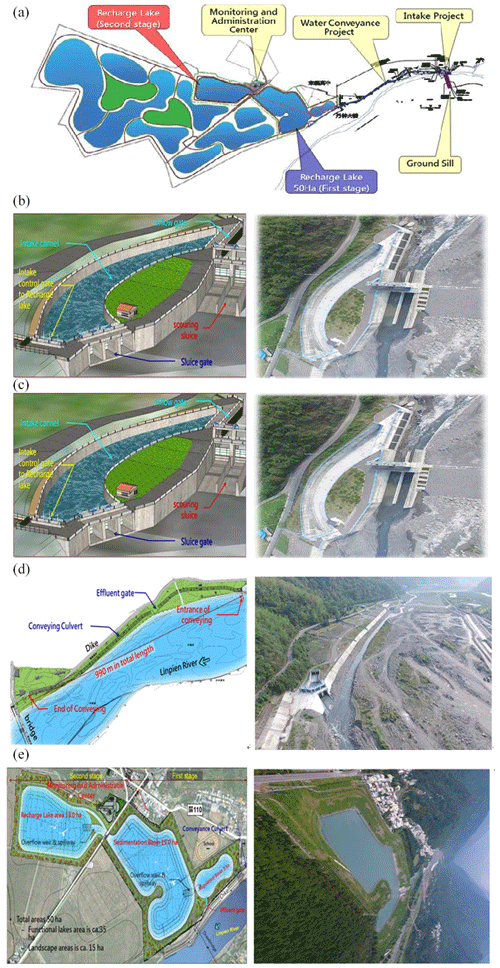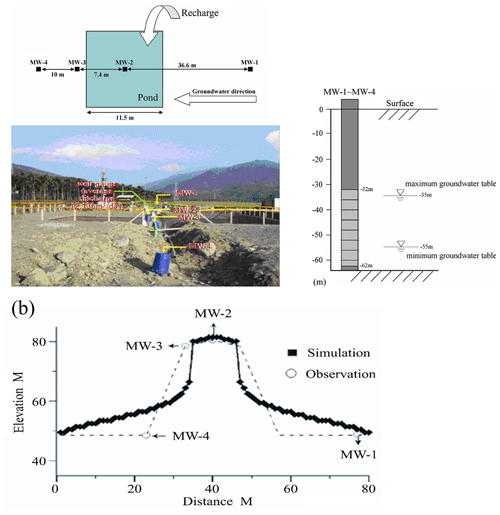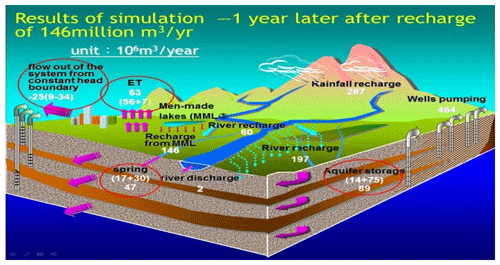Land subsidence and managed aquifer recharge in Pingtung Plain, Taiwan
Taiwan is an oceanic nation with an area of approximately 36 000 km2. The Central Mountain Range was formed by the Eurasian and Philippine plates and stretches along the entire island from north to south, along the entire island, thus forming a natural line of demarcation for rivers on the eastern and western sides of the island. Pingtung Plain is formed by Quaternary alluvial fan material from the three main rivers. The aquifers comprise very coarse permeable sands and gravels under phreatic conditions in the north and less permeable sands under confined or even artesian conditions in the southern part of Pingtung Plain. The natural groundwater source is mainly from direct rainfall percolation and infiltration from the three main rivers, with their catchments lying partly outside the plain. The uncontrolled development of groundwater resources has led to undesirable effects, especially in the south, where aquaculture is concentrated. These effects are land subsidence, saline water intrusion, and lowering of water tables. It is thus one of the important key strategies in the solution of land subsidence, water resource development and flood control for sustainable development named Benefited Water Reuse from Storm Water in Pingtung, Taiwan. A serious of studies for this issue has been carried out. The feasibility study phase of the Artificial Recharge of Groundwater Project (ARGP) for Pingtung, Taiwan, was then implemented in 1997 using a MODFLOW simulation and an optimal model. Through the managed aquifer recharge model, the aquifer storage increases and the inundation scale decreases with land subsidence of the coastal area, as aimed at by the purpose of the controlled groundwater level. Infiltration mechanism simulation of artificial groundwater recharge, with the TOUGH2 model, was used to simulate the high infiltration behaviour in sequence in 2010. Both publications have been confirmed and approved by the Central Government and then approved by the environmental impact assessment. The ARGP was then implemented in May 2018 and operated for one wet season for the first phase with 50 ha and a total of 300 ha from May to October 2018. The sedimentation over the top of the recharge basin forms the clogging mechanism which has been analysed. The operation experience can further provide the mechanism process for research reference. The project, once implemented, can improve and mitigate land subsidence as well as formulate water banks for adapting and managing aquifer recharge.






